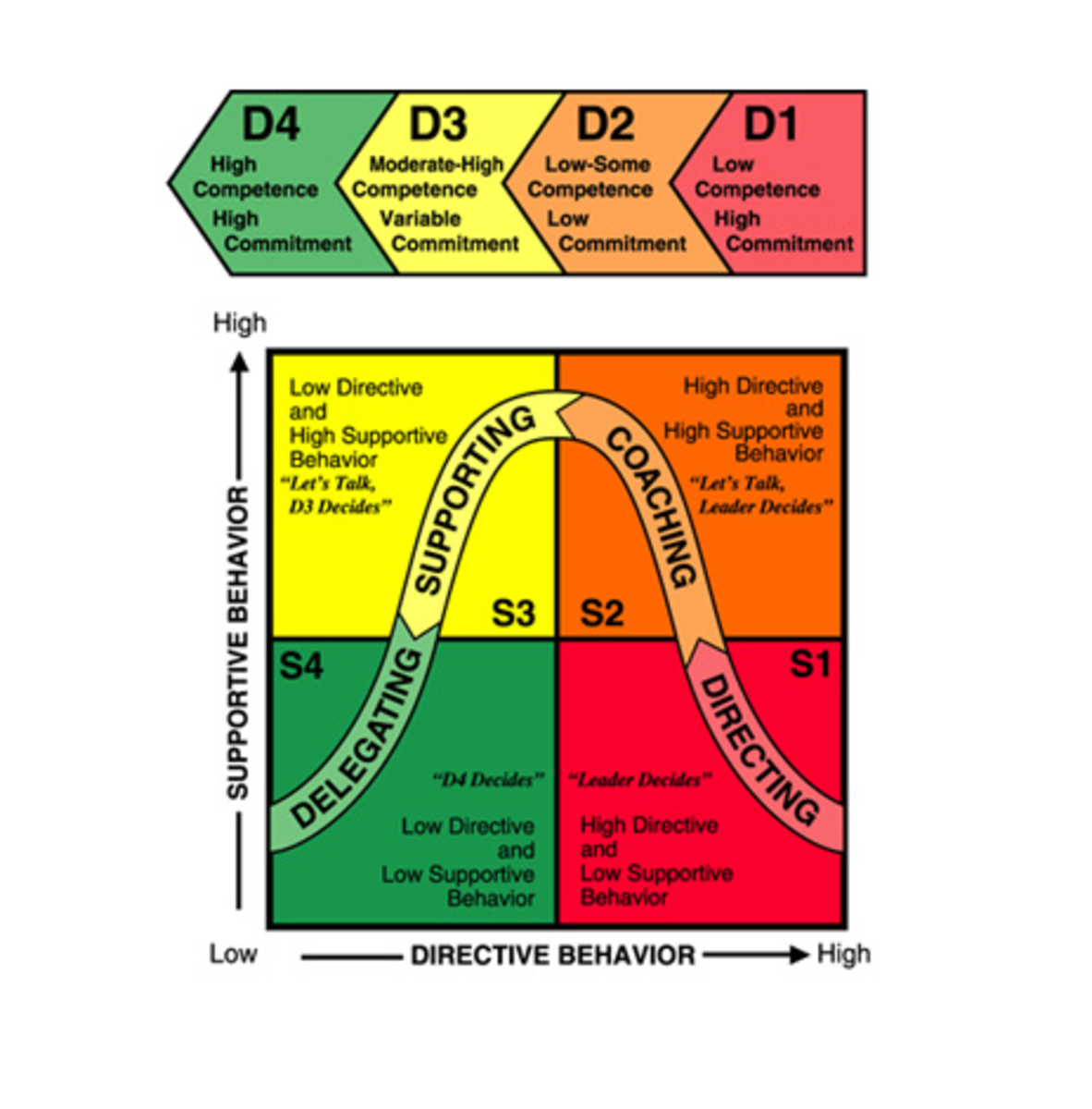Interview Tips for Business Owners and Managers

Have a Strategy
Successful companies spend very little time on performance appraisals because they’ve put a majority of their effort into making sure they hire the right people the first time. A job interview rarely lasts on hour, however its consequences can last for many years.
Hiring staff is the most important activity a business owner or manager can do, so having an interview strategy will help keep you on track and focused on your goals. Here are 10 simple steps to navigating a successful interview process.
Step 1 - Know your business
Before you start the hiring process, you need to be able to describe your business in a one sentence business statement (eg. “Like a good neighbor, State Farm is there”). You also need to know why other people would want to join your company. Knowing these things about your business will help you find your ideal candidate.
It is also important to know the objectives of the position you are looking to fill. Take the time to review the duties and responsibilities of the job. That skills are required? What training or education is needed and what are you willing to provide? Create a job description that covers your expectations and what perks your company is offering.
Step 2 - Decide on a strategy
An interview strategy is vital to your success. It is like a road map or GPS. It gives you direction, keeps you on track and gets you to your destination despite any detours that may crop up along the way. Take the time to create your own “interview road map.”
Decide on important things, such as: Who will be on your interview team? What style of interview will you be using to evaluate candidates? What questions will be included in your list? What is your criteria for hiring? What is your timeline? What is the deadline for selecting a candidate or re-posting your job ad if an appropriate candidate cannot be found?
Decide on a method of recruitment and what local resources you will be utilizing if you choose to hire from outside your company. Then, take action to get your job posting out into the world.

Step 3 - Assemble an Interview Team
To avoid any claims of unfair treatment, it is recommended that you never interview by yourself. Assemble an interview team that includes at least one person from each gender. A minimum of three people will provide a good variety of feedback. Your team will notice things about the candidate that you may have missed.
If you don’t have anyone else to be part of your team, use your network and ask a colleague from another business to join your team. This is a great compliment of respect and trust in the other person.
Step 4 - Revise Your Plan
Sit down with your interview team and make sure everyone is aiming for the same goals. Let your team know what style of interview you will be using for the position(s) available and what criteria you are looking for. Explain your strategy to them and get their feedback.
Your team is a valuable resource for you to find out what has worked or flopped for them in the past. Perhaps your team can share useful interviewing questions and techniques that can be used for your interviews.
This is also the time to decide important things, such as:
- Which dates are best for everyone to hold the interviews;
- Location and times;
- Who will ask which types of questions;
Once you and your team have discussed everything, revise your interview strategy accordingly and make sure everyone gets a copy of “The Plan”.
Lastly, ensure that everyone knows which questions are inappropriate (ie. Illegal) to ask a candidate so no one accidentally crosses a line.
Step 5 - Check References
References are one of the most important factors when hiring. Once resumes start to come in, it is time to call the references listed. At the very minimum, you want to know the following:
- How does the reference know the applicant?
- How long did they work with together?
- In what capacity did they work together?
- What are the applicant’s strengths and weaknesses?
You also need to discover:
- how other employees got along with the applicant;
- how the applicant dealt with customers or clients;
- was the applicant reliable, on time and able to deliver;
- any factors that might prevent the applicant from performing their duties;
- how the applicant solved problems and reacted under pressure.
Sometimes, it what a reference doesn’t say about the person is the key you’re looking for. Out of politeness, a reference may avoid discussing the candidate’s weakness. The number one question you need answered is:
Would you hire (or work with) this person again?
Note: Some references won’t be able to answer your questions because it’s against their company's privacy policy. If this is the case, you can ask the candidate to call the reference and give them verbal permission to speak with your or provide you with a new reference.

Step 6 - Phone Interview
If you’re happy with the feedback from a candidate’s references, give them a call and perform a 5-10 minute phone interview. This will help you discover what may have been left out of the resume or cover letter, such as any transportation or child care issues. You can also delve a little into some of the details of jobs listed on their resume.
For example, during one phone interview, I discovered that a candidate already had two part-time jobs that he wanted to continue working on while working for the non-profit organization I was hiring for. The position I needed to fill required flexibility and quick response. Another candidate heavily stressed his experience with fundraising in both his resume and cover letter. During our phone interview, I discovered that his experience extended only to selling raffle tickets. Both candidates were ideal on paper, but when I learned more, I had to disqualify both before even scheduling a face-to-face interview.
Note: Someone who seems stand-offish or distracted on the phone may interview well in person. Keep in mind that some people are uncomfortable on the phone. You may have caught them in middle of doing something or on the other line with someone. Perhaps they were on their way out the door, but are too polite to cut a prospective employer short. Unless the candidate is obviously rude or unpleasant, don’t disqualify them based on their phone performance.
If you like what you’ve learned during your phone conversation, schedule them in for an in-person interview.
Step 7 - Schedule In-Person Interviews
Set up interviews over a 1 or 2 day period, depending on the number of resumes you receive. You don’t want to impose on your team’s time, so keep the interview period as short as possible while still allotting a fair time for the candidates. 30 - 45 minutes per interview is generally a good time span. It should give you time to interview and then compare notes after each candidate.
Side Note - Introverts vs Extroverts
A job interview really brings out the differences between introverts and extroverts. Know how each one interviews and keep it in mind during this process.
Introverts the whole process stressful and very draining. While they may be a phenomenal worker with all the capabilities you’re looking for, they may not show the level of enthusiasm you’re looking for.
Extroverts attack interviews with gusto. They live to perform, thrive on attention and relish the opportunity to speak out. To them, a job interview is simply another chance to be the center of attention. Just because an extrovert can charm and shine, doesn’t mean they’re right for the job or your company.
Step 8 - The Interview
Each team member should have the following ahead of time:
- the candidate’s resume and cover letter;
- your notes from your conversations with the references and phone interview;
- blank paper and pens to keep notes of each candidate’s responses and their thoughts.
As team leader and the person ultimately responsible for the whole process, it is up to you to set an example.
- Dress the way you expect others to dress;
- Pick up the tab for your team’s lunch or have something delivered.
- Be friendly, but not familiar with candidates. Even if you know them, being familiar can throw the candidate off their game.
Use applicable tests. These can be technical test, personality tests, aptitude tests or situational tests.
When questioning, give the candidate examples that are relevant and fit with your company. When possible, use situations that have occurred in your business in the past.
Wrapping It Up
Be courteous:
- Ask if the candidate has any questions for you;
- Let the candidate know when you will be making your decision;
- Thank the candidate for their time.

Step 9 - Evaluation
Immediately after each interview, compare notes with your team. Get their ‘gut reactions’ as well as their analytical thoughts on each candidate.
Create a shortlist of viable candidates and put the rest aside in a rejection folder. Do not throw these out! Some of them may be of use for a different job opening or might fit in better with a colleague’s company.
This is also a good time to evaluate your strategy and tweak it if necessary before the next interview.
You may not always agree with your team’s input, but they are there to give you a wider perspective and keep you from making gut reactions you may regret later. Ultimately, it will be your decision, however you asked for their advice during this process. Stay open to what they say.
Step 10 - Making a Decision
The best decisions are made within 14 days of the interview, so stick to your timeline.
Go through your shortlist and check references of the candidates who did not provide them before the interview.
When deliberating, base your decisions on the candidates answers and references, not their performance. They may have been feeling ill or just so nervous that they weren’t able to put their best foot forward.
Ask yourself if the candidate fits your criteria for a company employee. Do they have the skills necessary? Will hiring this person be a good decision for your company in 5 years from now? In 10 years?
Be professional. Call candidates back, even if they didn’t get the job and thank them for taking the time to come in. Not only does this remove the stress of “not knowing” from them, but it also gives them the chance to ask what they could do to improve in their next interview. If they ask, be kind in providing them with critique for improvement.
If you haven’t found someone who fits, don’t hire anyone. It’s better to start the process again than hire someone that doesn’t meet your company’s vision.
Lastly, remember to thank your interview team. Send them a card or appropriate gift of gratitude.
© 2011 Rosa Marchisella








